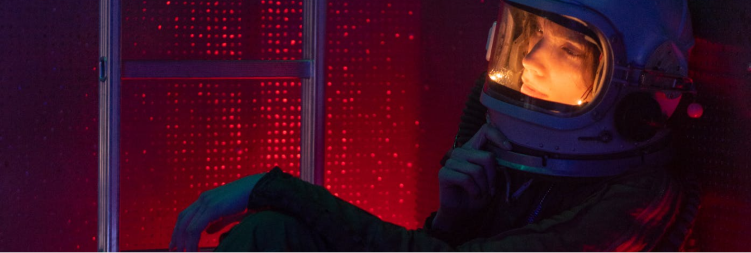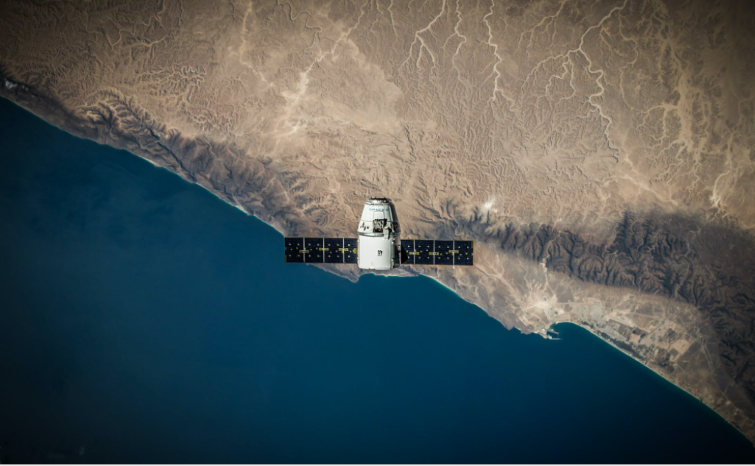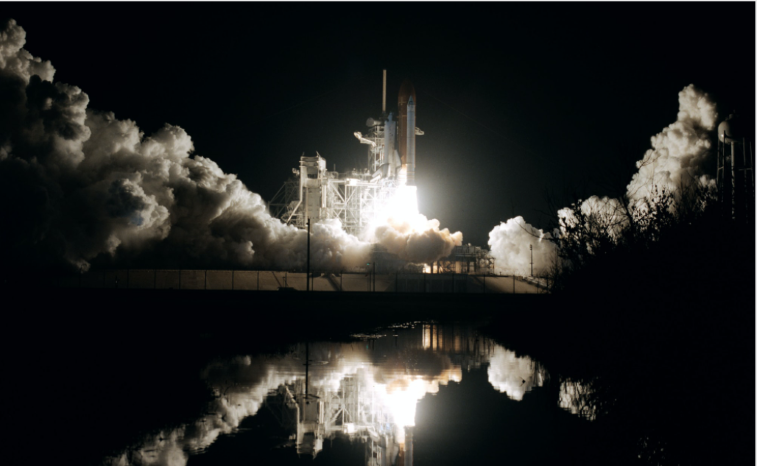The date that keeps showing up in our space history

April 12 is a day that the United Nations has so far celebrated as the International Day of Man’s Flight into Space. The general hysteria currently reigning in the world has led to this day not being mentioned in the media. And the reason for the celebration is incredible: on that day, Gagarin flew into space and hinted at a completely new era.
April 12, is the date that is celebrated in the international space community because on that day in 1961, a 26-year-old man named Yuri Gagarin arrived in Earth’s orbit, becoming the first human being to travel into space.
Columbia mission
Oddly enough, destiny wanted the first flight of the space shuttle to happen on that same date, only two decades later. Despite the fact that the STS-1 ‘Colombia’ mission was delayed for several years, the expectations were high.
Never before has a passenger aircraft been launched with people in it on its first flight. Thousands of things could have gone wrong, and many have. But one element of the shuttle that particularly worried mission planners was the sensitive thermal shield made up of thousands of ceramic and carbon tiles.
Therefore, even before the launch, it was planned to photograph the thermal protection with the help of military telescopes on Earth intended for observing enemy satellites. But these telescopes did not have enough resolution to identify the loss of tiles on small surfaces.
As ‘Colombia’ itself unfortunately proved in 2003, even a relatively small crack in the heat shield could have fatal consequences. The fact that the thermo-tiles had a tendency to fall off only made the situation worse. That’s why NASA contacted the Pentagon to analyze Colombia’s heat shield in orbit using spy satellites.
The use of military satellites
This was not the first time that the space agency used this military resource, because back in 1973, the spy satellite series KH-8 ‘GAMBIT’ was used to assess the condition of the orbital station ‘Skylab’ after suffering significant damage during takeoff.

The images, which arrived on Earth a few days later in a special capsule with photographic film, are still classified.
Thanks to the NRO (National Reconnaissance Office), which was in charge of spy satellites, NASA managed to get additional help. Now they had at their disposal two KH-11 ‘KENNEN’, the crown jewels of heavenly espionage.
These space telescopes -and let’s not forget that ‘Hubble’ was based on the design of the first-generation KH-11 – were able to send their photos directly in digital format, allowing the analysis of information almost instantly.
The maneuvering
The crew of STS-1 ‘Colombia’, John Young and Bob Crippen, knew that the shuttle would be photographed in orbit by ground-based telescopes and possibly satellites.
The astronauts would have to perform maneuvers to set up the shuttle in such a way that its belly could be seen from Earth and space telescopes. This zone of the heat shield was the most critical for re-entering the atmosphere and the astronauts could not view it from their cabin.

To make it easier to photograph with ground-based telescopes, Young and Crippen orientated ‘Columbia’ so that it flies perpendicular to Earth.
Young and Crippen took off in ‘Columbia’ on April 12, 1981, two days later than planned due to a technical problem spotted at the last minute. However, they did so at 07:00 Eastern time to ensure that the KH-11 could photograph the heat shield.
Unfortunately, the footage of the spy NRO satellite, which was originally supposed to be only anecdotal, became crucial when it was discovered that several tiles fell off the orbiter from the back.
NASA only received secret instructions on when and how to set up the shuttle so that KH-11 could see it, and all other operations were conducted by the army unilaterally.
The details of the KH-11 operation remained a secret, but we know that the spy satellite managed to send at least one detailed image of ‘Colombia’s’ lower thermal shield. The NRO was very reluctant to allow people outside the military community to access footage from this satellite, even if they had very high levels of security.
However, only NASA technicians were able to correctly assess the condition of the shield, so finally several individuals from the space agency still managed to admire the image.
Among them was Gene Kranz, the legendary director of the Apollo 13 flight, and then the deputy director of NASA’s manned missions in Houston. Kranz, who expected to see ‘Colombia’ as a light blur in the KH-11 image, was surprised by the high resolution obtained.
Young and Crippen finally landed with the ship ‘Columbia’ on April 14, 1981 at Edwards Air Force Base.
Although, again, many things could have gone wrong during entering the atmosphere and landing, the control of the mission in Houston knew that the condition of the heat shield is not worrying thanks to the pictures of the powerful KH-11 ‘KENNEN’.

